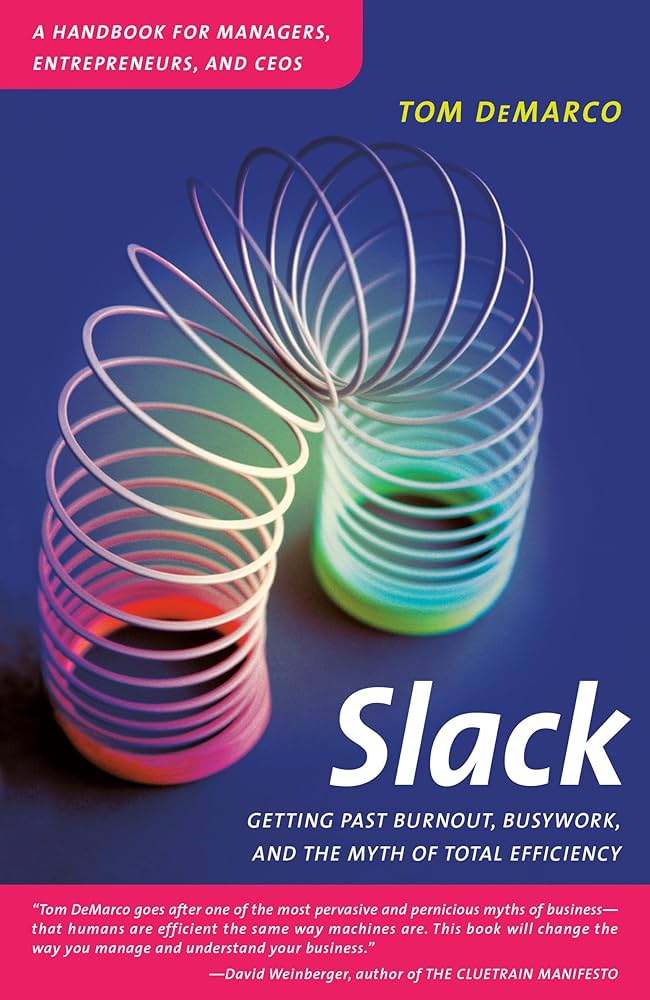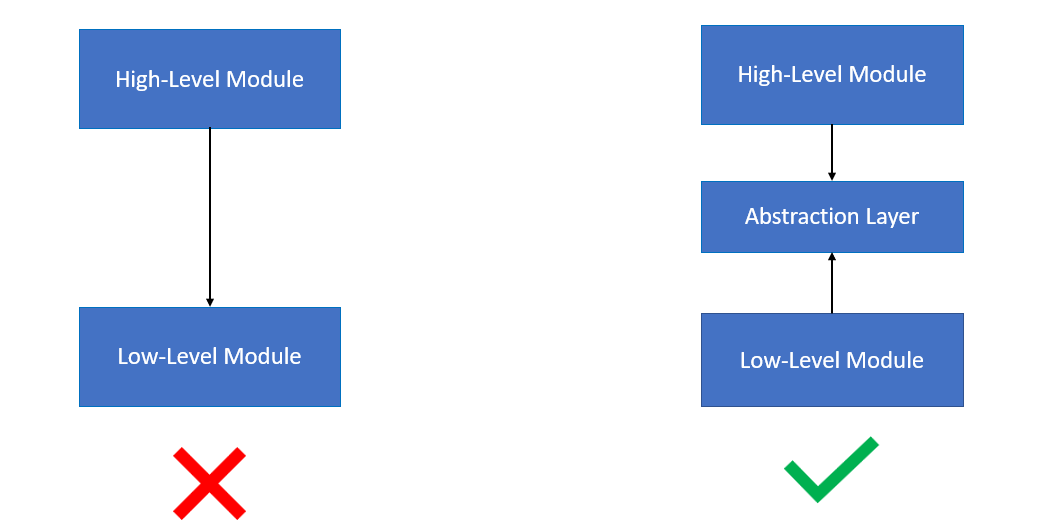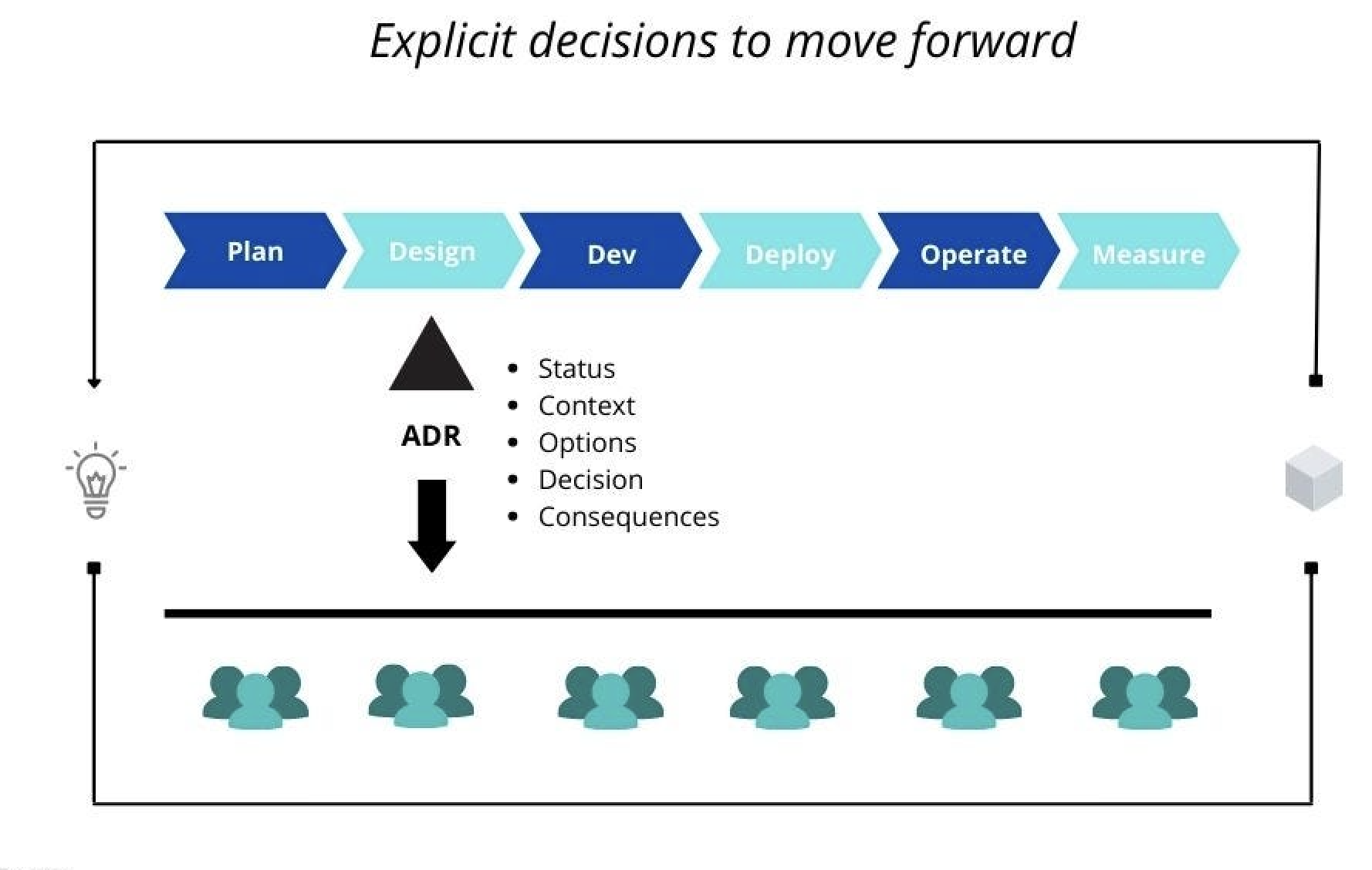
This article explores the growing significance of linguistic precision and thorough understanding of foundational knowledge in the context of AI and software development, highlighting the historical importance of clear communication in the field and the relevance of Agile methodologies in the AI era. It also outlines the skills needed to effectively work with AI and navigate the evolving landscape of web development and other tech-related fields.






